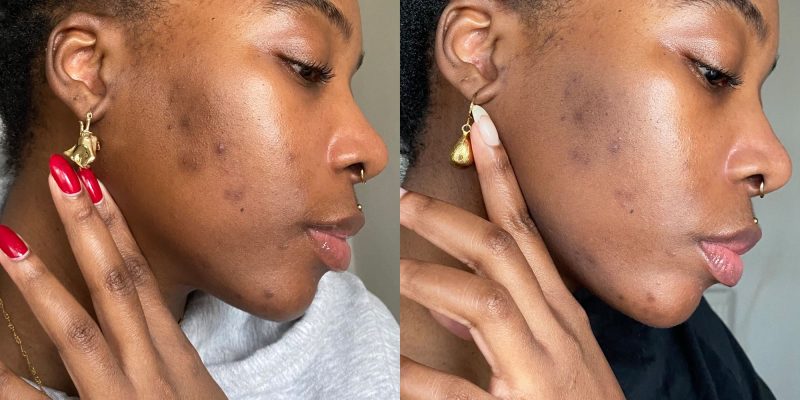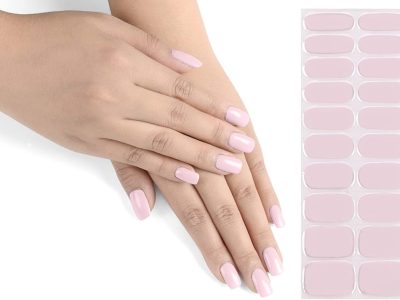Tranexamic Acid, initially developed to reduce bleeding, found a niche in dermatology because of its anti-pigmentation and skin-brightening properties. We are guide explores the benefits, mechanisms and applications of tranexamic acid in skincare.
What is Tranexamic Acid?
Tranexamic Acid is a synthetically produced derivative of lysine. It inhibits the activation of plasmaminogen into plasmin. This enzyme is involved in breaking down fibrin. Its primary medical use is for treating or preventing excessive bleeding. However, its effectiveness as a treatment for hyperpigmentation has attracted attention in dermatology.
Mechanisms of action in skin care
Tranexamic Acid treats hyperpigmentation in several ways:
- Inhibition Of Plasmin Activity By Inhibiting plasmin, Tranexamic Acid Reduces The Release Of Inflammatory Mediators Which Can Contribute To Hyperpigmentation.
- Reduced Melanin Synthesis interferes with interaction between melanocytes, (melanin producing cells), and keratinocytes, (skin cells), resulting in decreased melanin.
- Antiinflammatory Effects Reduces inflammation of the skin which can worsen hyperpigmentation such as melasma.
Tranexamic acid for skin benefits
Tranexamic Acid is effective in treating various types of hyperpigmentation including:
- Melasma is characterized by dark patches of discolored skin. It can be difficult to treat. Tranexamic Acid has shown promising results for reducing the appearance of melasma.
- Postinflammatory Hyperpigmentation: This is a condition that occurs after skin injury or inflammation such as acne. Tranexamic Acid helps fade dark spots.
- Age Spots: Prolonged exposure to the sun can cause sunspots. Tranexamic Acid can help lighten the spots and give you a more even tone.
Clinical Evidence and Research
Transexamic Acid is effective in treating hyperpigmentation, according to several studies.
- Topical application: Studies show that topical formulations with tranexamic acids, in concentrations between 2% and 5%, are effective for treating melasma, as well as other hyperpigmentation.
- Oral Administration : Oral tranexamic acids, usually in doses of 250mg twice daily, have been successfully used to treat melasma. This approach is reserved for severe cases.
- Microneedling Treatments: Using tranexamic acids with laser or microneedling treatments can increase their penetration and effectiveness.
Use of Forms
Tranexamic Acid is available in different forms for skin care.
- Topical Creams and Serums are the most commonly used types. These are applied directly on the affected area and are well tolerated.
- Oral tablets: Although oral administration is effective, it is usually used only under medical supervision in more severe cases.
- Injectables : In certain clinical settings, tranexamic is injected into the skin to treat hyperpigmentation.
Side effects of fluoxetine
Although tranexamic acids is generally considered safe to use topically, there are some possible side effects.
- Skin irritation: Mild skin irritation, such as redness or itching, may occur in sensitive individuals.
- Allergic reactions: Some individuals can experience allergic reactions. Before using any new product, it’s important to conduct a patch-test.
- Systemic Effects When taken orally tranexamic can cause systemic effects, such as nausea, dizziness or, in rare instances, thrombosis. Use of oral tranexamic acid should be done under medical supervision.
Compare Tranexamic acid with Other Skin-Lightening Agents
Tranexamic Acid is used in the treatment of hyperpigmentation. Compare it to other agents:
- Hydroquinone : Hydroquinone, often considered to be the gold standard in treating hyperpigmentation is effective but it can cause irritation. Long-term use may also pose safety risks. Tranexamic is a better alternative to long-term treatment.
- Vitamin C : Vitamin C is an antioxidant that can brighten skin and reduce pigmentation. It’s effective, but it can be unstable when used in formulations. Tranexamic Acid is more stable, and it can be combined together with vitamin C to enhance results.
- Niacinamide This vitamin B3 derivate is effective in reducing pigmentation, and improving the skin barrier function. Tranexamic can be used to complement niacinamide as part of a skincare routine.
- Azelaic Acid Azelaic Acid is another effective treatment for hyperpigmentation. It also has anti-inflammatory qualities. It can be combined with tranexamic to treat pigmentation in a multifaceted way.
Tranexamic acid: Incorporate it into your skin care routine
Follow these guidelines to maximize the benefits from tranexamic Acid:
- First, Patch Test: Perform a patch-test to make sure you do not have an adverse reaction.
- Start slowly: Increase the concentration as your skin becomes more tolerant.
- Sun Protection: Use sunscreen daily. Sunscreen can enhance the effectiveness of tranexamic acids and reduce pigmentation.
- Regular Use is Essential: Results are only possible with regular use. You may need to wait several weeks before you notice any significant changes.
- Combine With Other Actives For enhanced results, combine tranexamic with other brightening agents such as vitamin C, Niacinamide or Kojic Acid.
Conclusion
Tranexamic Acid is an effective and versatile treatment for different types of hyperpigmentation. The combination of its ability to reduce the synthesis of melanin and anti-inflammatory properties makes it an excellent addition to any skincare regime aimed at improving skin tone. Tranexamic Acid is a promising treatment for hyperpigmentation, whether it’s used alone or with other treatments. Consult a dermatologist for the best treatment options.













Comments